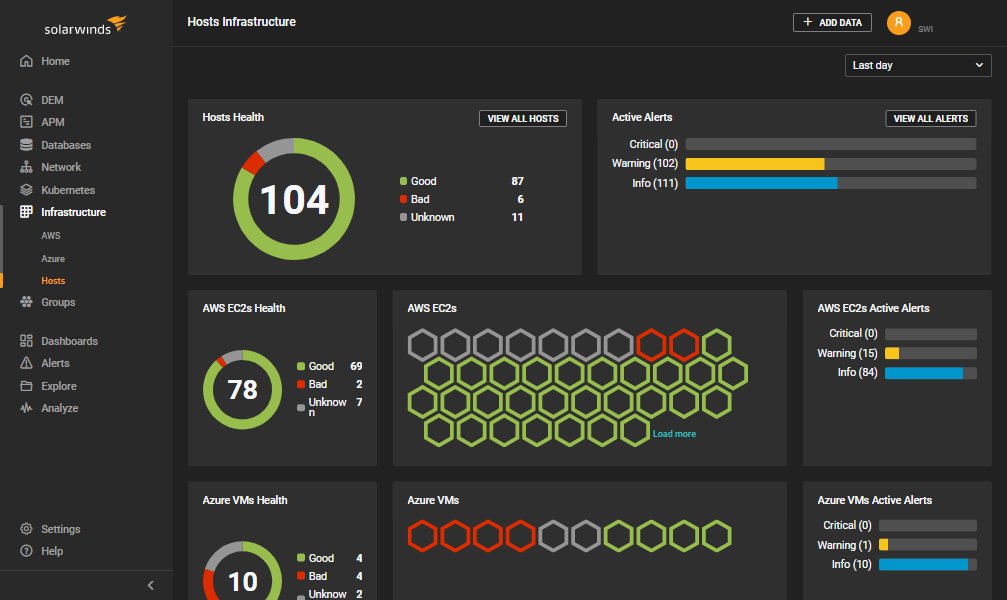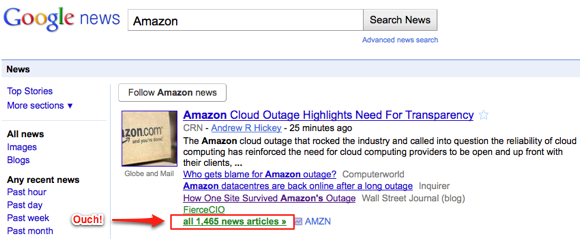Why email is crucial to Google, Microsoft and Yahoo

 Google, Microsoft and Yahoo. These three companies rule webmail with Gmail, Hotmail and Yahoo Mail, the three largest email services on the Internet.
Google, Microsoft and Yahoo. These three companies rule webmail with Gmail, Hotmail and Yahoo Mail, the three largest email services on the Internet.
What might escape a lot of people, though, is just how important email services are for the online presence of those companies (yes, even for Google). To give you an idea, let’s look at some rather interesting website traffic numbers.







 We know that there are approximately two billion Internet users in the world, but how are they distributed? More specifically, how are they spread over the world’s time zones? The world population isn’t spread evenly, and neither is the Internet population.
We know that there are approximately two billion Internet users in the world, but how are they distributed? More specifically, how are they spread over the world’s time zones? The world population isn’t spread evenly, and neither is the Internet population.
 As a server OS, Linux has long been highly successful and a poster child for open source. For example, Linux currently powers a majority of the world’s web servers and supercomputers. As a desktop OS, however, Linux has yet to gain mainstream acceptance.
As a server OS, Linux has long been highly successful and a poster child for open source. For example, Linux currently powers a majority of the world’s web servers and supercomputers. As a desktop OS, however, Linux has yet to gain mainstream acceptance. According to Google, there are currently
According to Google, there are currently 
 Google is intrinsically associated with the city of Mountain View, California. That’s where the Google HQ, a.k.a. the Googleplex, is located. Mountain View itself has been subjected to a number of Google’s experiments through the years, like
Google is intrinsically associated with the city of Mountain View, California. That’s where the Google HQ, a.k.a. the Googleplex, is located. Mountain View itself has been subjected to a number of Google’s experiments through the years, like  We were pleasantly surprised the other day when one of our users announced that he had used
We were pleasantly surprised the other day when one of our users announced that he had used  Five years ago,
Five years ago,  We just launched a sneak preview of a brand new Pingdom control panel, your interface to the
We just launched a sneak preview of a brand new Pingdom control panel, your interface to the 




 We’re working on lots of fun, new projects here at Pingdom. This means that all our developers currently have their hands full. Because of this we’re looking for a rockstar freelance developer to jump in and help us out with some cool ideas we have.
We’re working on lots of fun, new projects here at Pingdom. This means that all our developers currently have their hands full. Because of this we’re looking for a rockstar freelance developer to jump in and help us out with some cool ideas we have. As you may know, we recently launched a new
As you may know, we recently launched a new 



















